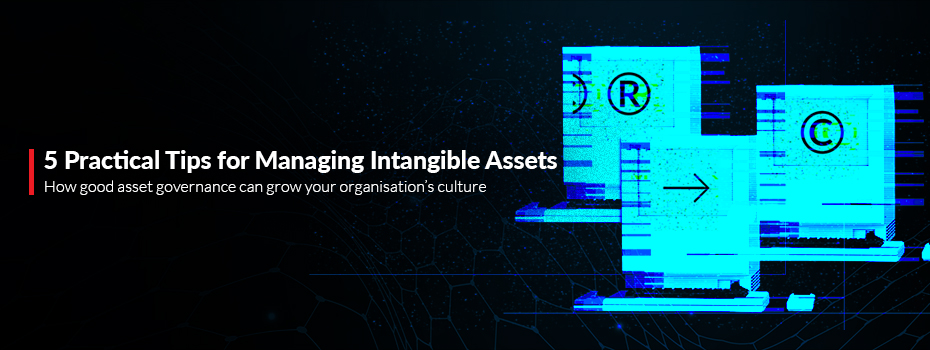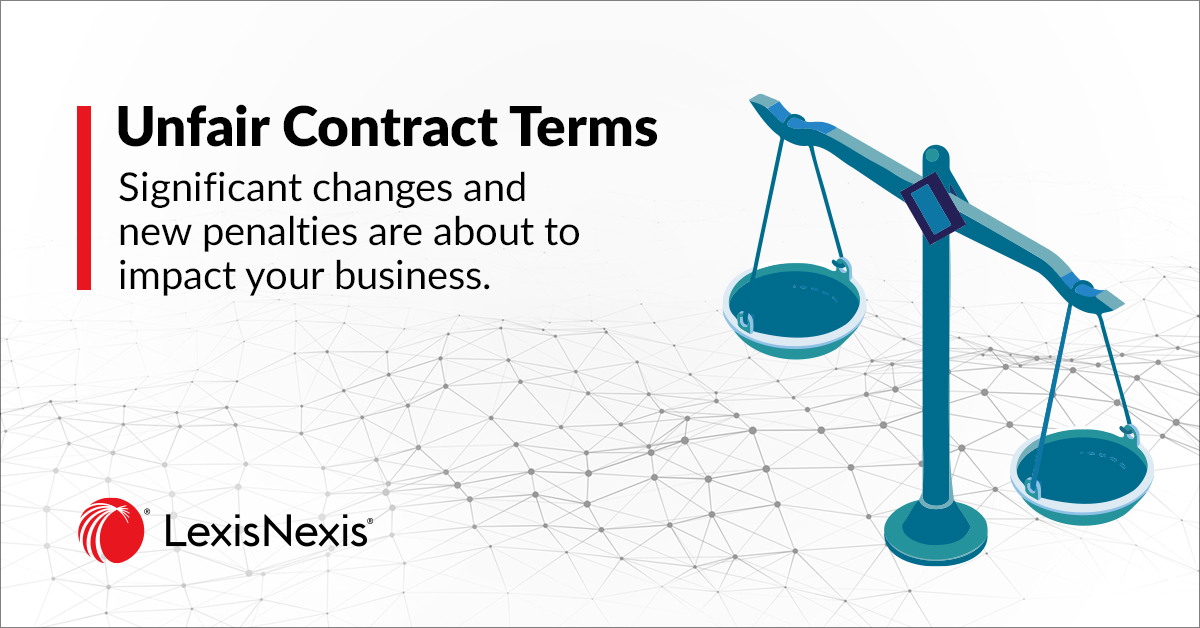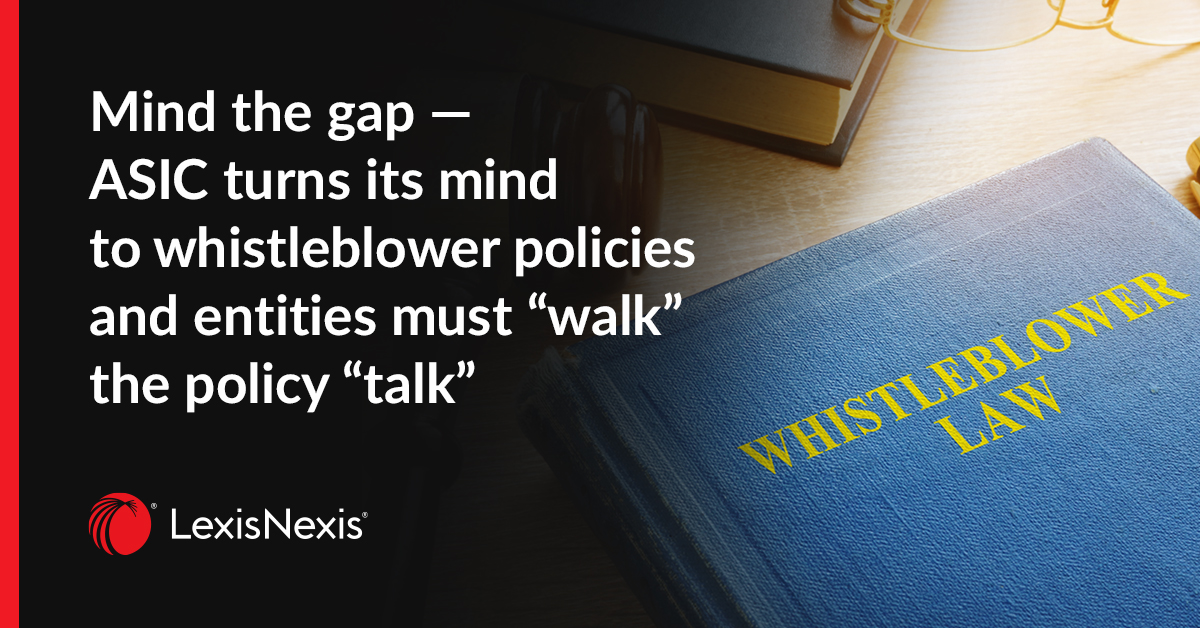
Managing intangible assets — practical tips for business leaders
18 October 2022 08:00
Karen Hallenstein and Jane Perrier DAVIES COLLISON CAVE
The growing importance of intellectual assets (IAs) means that their management has become a key imperative for business leaders globally. This paper provides practical tips to assist leaders in effectively managing IAs to drive value and mitigate risk.
What are intellectual assets?
IAs are non-monetary assets without physical substance.1 Whilst there is not a universal definition of the term, it is widely accepted as including intellectual property (such as patents, copyright and trademarks), data, research and development, staff skills, organisational competencies and relationships with suppliers and customers. Like tangible assets, IAs can be valued, bought, sold, licensed, and in some cases, used as security.
Why are IAs important?
IAs enable a business to leverage the value of its innovations and creative ideas to realise a return on investment and drive commercial strategy. For example, IAs support:
- productivity, revenues and market share
- first mover advantage and freedom to operate
- market differentiation
- investment and access to funding
- collaboration and sponsorships
- competitor and market intelligence and
- access to technology, know-how and talent
IAs also underpin emerging technologies, including cloud computing, data analytics, artificial intelligence, robotics and augmented and virtual reality.
With the rise of the digital economy, the economic value of IAs has exponentially increased. It is estimated that global IAs are currently worth US$74 trillion, representing a 24% increase in value from 2019, despite the economic volatility caused by the pandemic.2
Why must IAs be managed?
IAs are material business assets that must be effectively managed to ensure they drive value for a business and its shareholders. As described by the Organisation for Co-operation and Development, “companies that make substantial use of intellectual assets have become the hallmark of the modern economy”.3
There is therefore a clear imperative for business leaders to conscientiously manage valuable IA. This obligation is reinforced by the fiduciary duty of senior leaders and board directors to diligently manage all classes of assets, intangibles as well as tangibles. Failing to comply with this duty may result in serious consequences including financial penalties and, in extreme cases, jail terms.
How can business leaders effectively manage IAs?
Below are five practical tips for business leaders to effectively manage IAs.
Promote alignment of IA with business objectives
Be knowledgeable
Be informed
IAs, on their own, do not automatically generate growth and competitive advantage. Rather, they must be deliberately leveraged in alignment with broader business strategy. Consistent with the management of other key asset types, many businesses implement a deliberate strategy to provide a clear roadmap on how they will effectively capture and manage IAs to promote business objectives.
Business leaders should have some level of IA literacy.
It may be prudent to access regular IA training and engage in periodic internal discussions about intangibles, innovation and digital trends, to promote an educated and informed approach.
Managers should understand where value is being created in their business and the growth opportunities that value presents. They should then allocate resources and implement processes to effectively capture and leverage the value, as well as associated IAs.
Leaders should ensure they have the necessary information flows and line of sight to material IAs to support informed transparent decision-making. For example:
- regular reporting from the business on agreed IA metrics and
- testing of information through probing questions and market/trend analysis
Mitigate IA-related risks
With value, comes risk. Managers should ensure that intangibles are integrated into the business’ risk frameworks so that these risks can be identified, assessed and mitigated.
Implement intangible governance measures and promote a growth culture
Incorporating IA into business operations and structures is key to ensuring good asset governance and promoting a growth culture. Measures may include:
- creating a policy setting out the business’ approach to intangibles
- incorporating intangibles in the business’ code of conduct
- aligning intangibles to other company policies such as data and cyber security
- ensuring that IAs are regularly included on the agenda of management meetings
- appointing IA champions within the business to support a broader understanding of the value of IA
- regular audits of internal IA skills and capabilities and
- ongoing review and adaptation of the business’ IA governance measure
Conclusion
Given the financial and strategic importance of IAs, it is critical to ensure that IAs are diligently managed to ensure they grow and continue to deliver value to a business and its stakeholders.
Implementing a tailored IA strategy provides a clear pathway for business leaders to identify value and mitigate risks. IA governance measures will support the development of a culture that fosters strong IA management, leading to commercial growth and competitive advantage.
 | Karen Hallenstein |
 | Jane Perrier |
Latest Articles
-
 3 tips for banking and finance lawyers when responding to an ASIC enquiry, and how to avoid misleading or deceptive conduct.
3 tips for banking and finance lawyers when responding to an ASIC enquiry, and how to avoid misleading or deceptive conduct. -
 Significant increases to competition and consumer law penalties have commenced and sweeping reforms to the unfair contract terms regime will follow in 12 months’ time.
Significant increases to competition and consumer law penalties have commenced and sweeping reforms to the unfair contract terms regime will follow in 12 months’ time. -
 The Australian Securities and Investments Commission (ASIC) is calling on Australian CEOs, from public companies, large proprietary companies and corporate superannuation trustees to review their whistleblower policies and processes to ensure compliance with private sector whistleblower laws.
The Australian Securities and Investments Commission (ASIC) is calling on Australian CEOs, from public companies, large proprietary companies and corporate superannuation trustees to review their whistleblower policies and processes to ensure compliance with private sector whistleblower laws.
Practical Guidance
Your one-stop solution for accurate legal answers from Australian legal experts. Tools, practically focused guidance notes, checklists, precedents, and training materials support and streamline your legal workflow.
LEARN MORE LexisNexis
LexisNexis